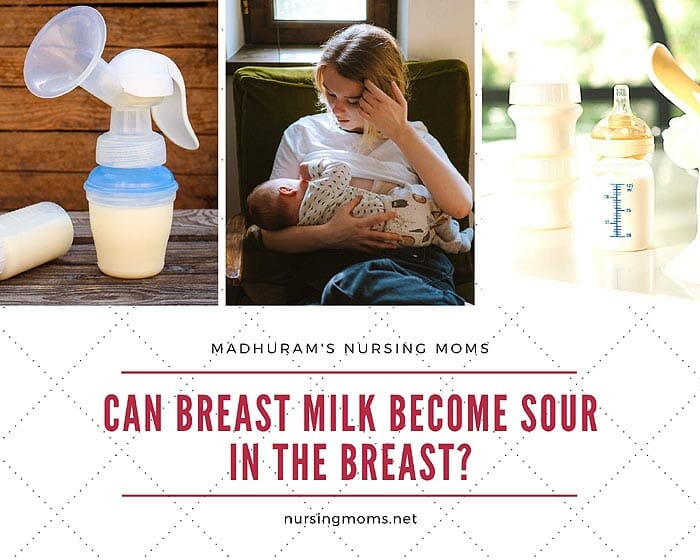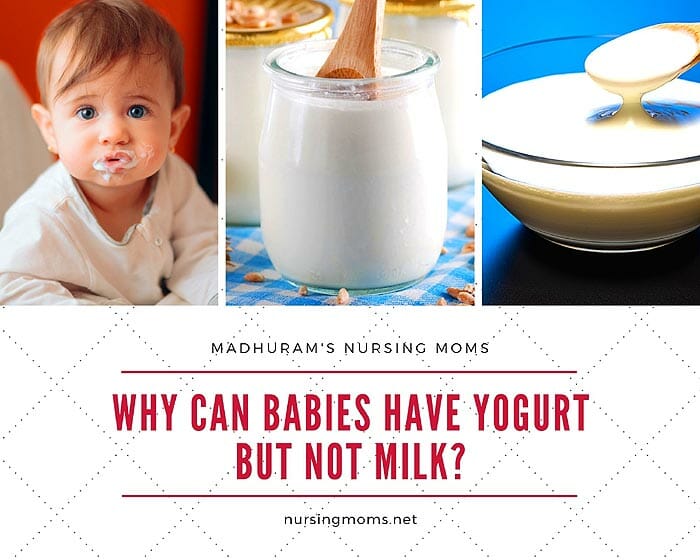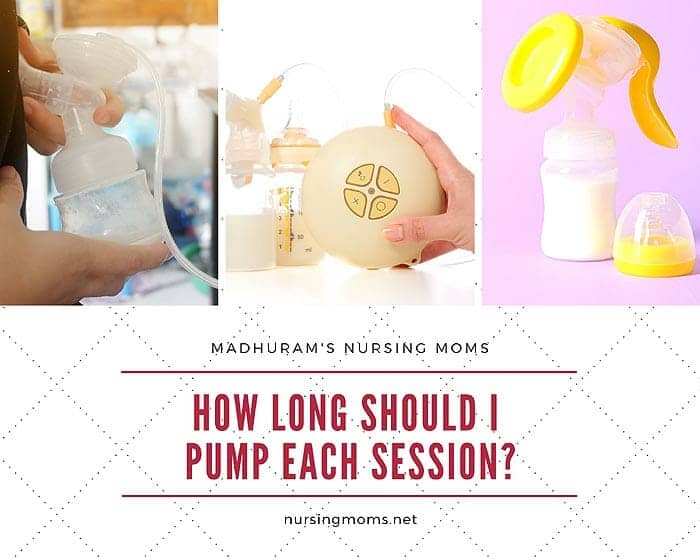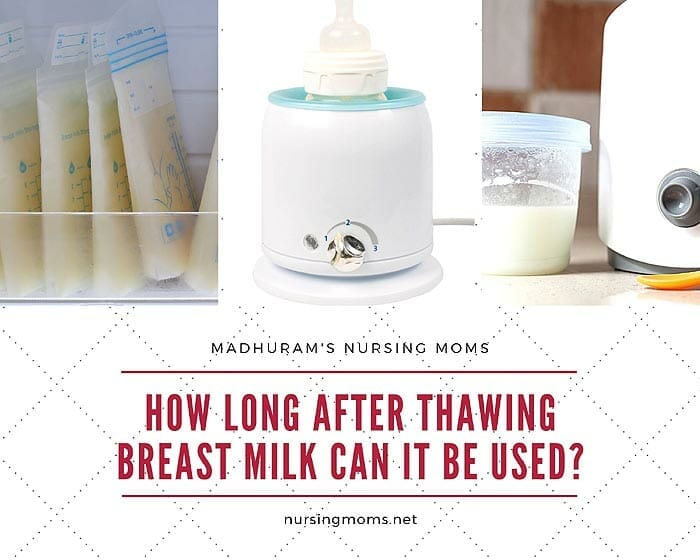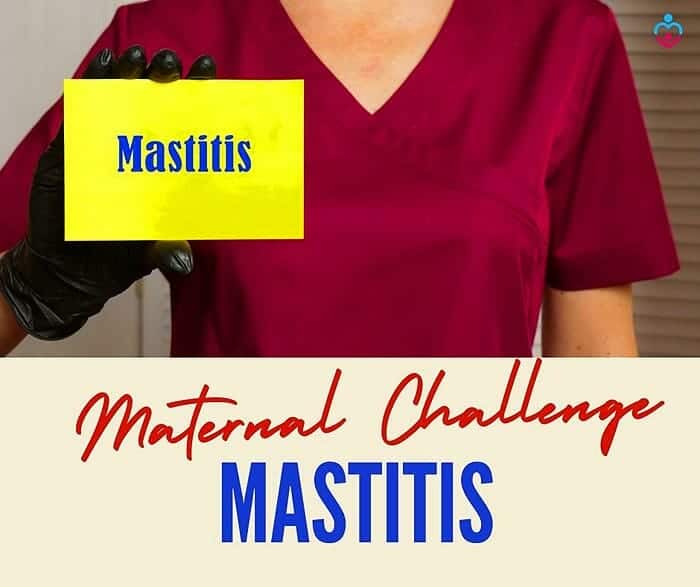
Mastitis is usually more severe than plugged ducts. However, it can be a result of this condition if left untreated for too long.
Therefore, if you think you suffer from mastitis as a breastfeeding mother, it is essential to talk to your doctor to get treated and avoid complications. Furthermore, we will discuss the main aspects you need to consider regarding this condition.
Mastitis is a severe inflammation of the breasts that affects nursing mothers who suffer from an infection. However, this inflammation can affect women who are not nursing. In nursing mothers, the risk for mastitis is higher in the first six months of breastfeeding.
Jump to:
Causes of Mastitis
Several causes could lead to mastitis. However, the leading cause of mastitis is a build-up of breastmilk in the breasts due to plugged ducts.
- If you think you have plugged ducts, you should see your doctor as soon as possible to avoid such complications.
- Another cause of mastitis is smoking, as the chemicals in tobacco are known to negatively affect breast tissue. Smoking has several adverse effects on nursing mothers, more than on any other people, so you should avoid it at all costs.
- An injury to the nipples or a piercing and even eczema could facilitate an infection to appear, leading to mastitis.
- Mastitis appears more in women with a weak immune system or those that suffer from diabetes.
Suggested Reading:
Keep in mind that mastitis is not an affection that can afford only nursing and not nursing women. In rare cases, this infection can also affect men since it is based on an affection of the nipples and not the breasts.
![]()
Symptoms for Mastitis
The main symptoms of mastitis are pain and a hot sensation around the nipples area. However, you could experience such symptoms in other areas of your breasts.
- Another symptom of mastitis is a swollen area of one or both breasts. This area should be easy to identify as it is visible to the eye and painful to the touch.
- Some women develop a lump on the affected breast. This lump could have different sizes from one case to another or might not even exist at all. Even if you don't have a lump in your breast area, you should still check for a hard area that could be a symptom of mastitis as well.
- Mastitis can also cause a burning sensation in your breasts that could be more intense when nursing your baby. In some severe cases of mastitis, this burning sensation could be constant.
- A last but concerning symptom of mastitis is nipple discharge. This discharge could bed clear, white, or contain blood.
Suggested Reading:
![]()
When to see your doctor for Mastitis?
If you have one or more symptoms from the ones mentioned above, you should talk to your doctor. However, the main reason why you have to pay attention to the possibility of developing mastitis is if you have plugged ducts.
As a general rule, if you have any pain in your nipples or breasts, you should check it out before it escalates into a severe condition. However, if nursing your baby becomes painful, this is again a sign to pay attention to as it could be a sign of mastitis.
Suggested Reading:
![]()
Treatment for Mastitis
When it comes to treating mastitis, you can do things at home to alleviate the pain, but there is also the treatment that your doctor will give you. Among the things you can do in the comfort of your home, there are the following:
- Make sure you stick to a regular nursing and pumping schedule: Once you get into a breastfeeding routine, it is vital to keep it even if you develop mastitis. Your body will produce as much milk as your baby needs, and skipping nursing meals will only make it more difficult for you.
- Check to see if your baby latches correctly: The latching position needs to be comfortable for both you and your baby. If your baby is not latched the right way, you will experience unnecessary pain during nursing, and they will not eat right either.
- Massage your affected breast during nursing: Massaging your breast can help alleviate the pain and discomfort caused by mastitis. You can gently massage your breast as your baby is eating to facilitate milk flow and reduce pain.
- Rest, and a balanced diet can also help you with the mastitis symptoms: The better your diet is, and the more you rest, the stronger your immune system will be. This allows you to fight the infection and regain your health faster.
- Your doctor can prescribe you pain killers or antibiotics if you suffer from mastitis: If your doctor decides you have an infection, they could put you on a ten-day antibiotic treatment. The pain relievers will help you reduce the pain and continue your daily life with as little discomfort as possible.
![]()
Mastitis is common for up to 20% of breastfeeding women, while it is rarer in other patients. With proper diagnosing and following up with your doctor's treatment, chances are that your mastitis will be gone and stay gone. But a healthy and balanced lifestyle is essential for such a situation as well.
![]()

